Québec’s rich history in triathlon
After 30 years, Triathlon Quebec continues to grow and is trying to reach more people
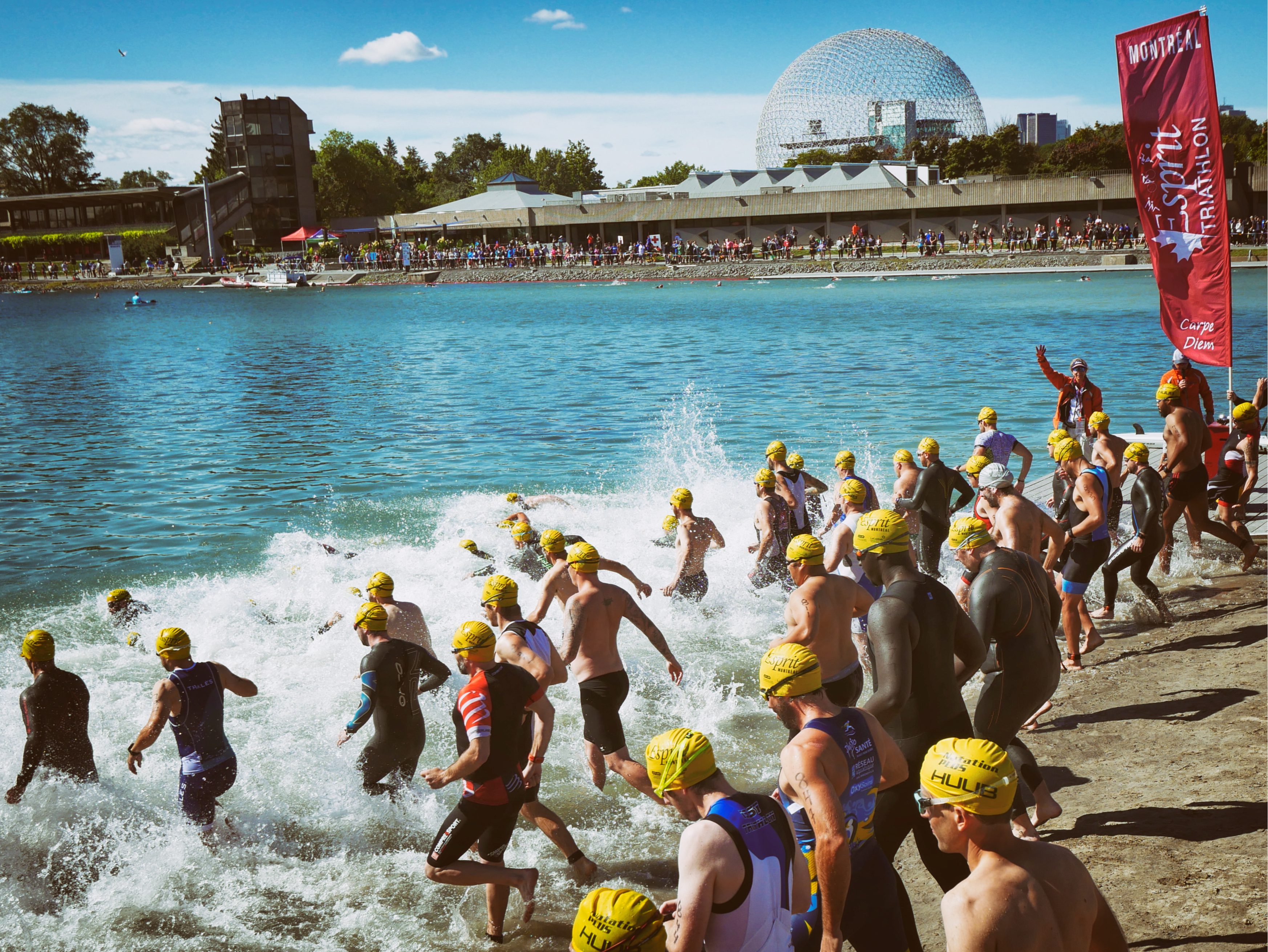
— by Loreen Pindera
Dominique Piché stood on the beach of Lac des Sables in Sainte-Agathe-des-Monts, nestled in Quebec’s Laurentian mountains. The music was blasting “like we were all at a discotheque.” The announcer was revving up the crowd.
“The energy at the finish line — I remember that like it was yesterday,” Piché recalled.
It was 1993, and triathlon was, at best, a marginal sport in Quebec. The Sainte-Agathe long-distance race was only the second triathlon Piché had ever participated in — he’d come out of the water dead last in his first, a sprint at Oka Beach, but he was hooked.
Nearly two decades later, Piché would go on to establish Ironman Mont-Tremblant, now a bucket-list event on the world triathlon stage. He credits the founder and director of that race in Sainte-Agathe, Louis Turcotte, for showing him what it takes to create a really great event, one that could attract world-class athletes like Peter Reid and Pierre Lavoie and first-timers alike.
Related: Top 5 first time Ironman races
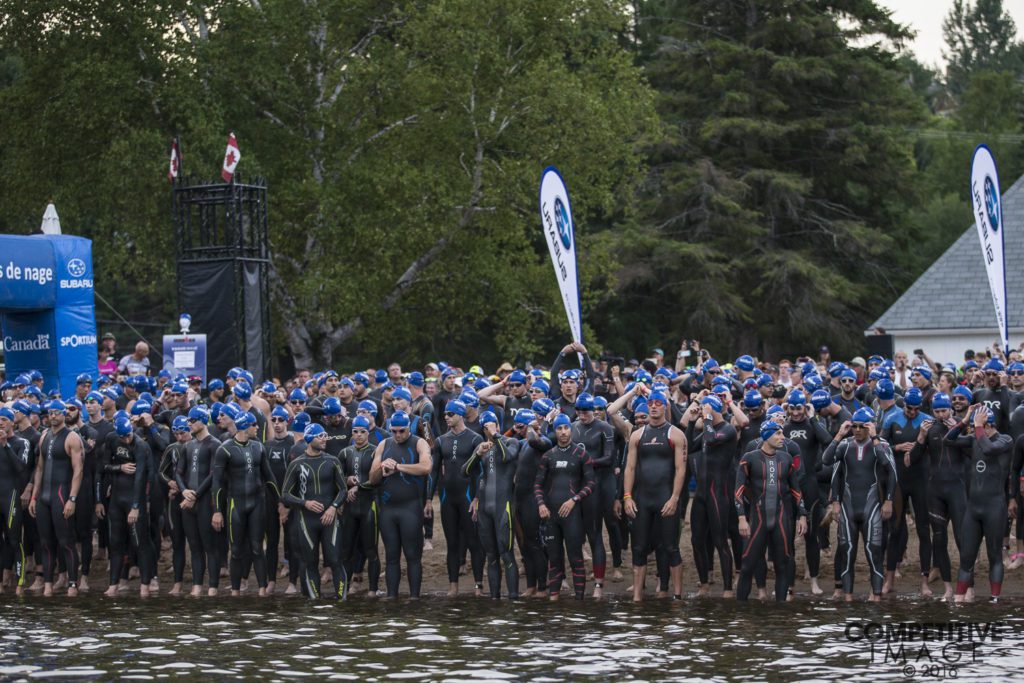
“We always need to remember where we come from. And for me, we come from the Louis Turcotte school of triathlon in Quebec,” said Piché.
Turcotte had tears in his eyes when he was called to the stage at Triathlon Quebec’s 30th anniversary gala in November to share, with two-time Olympian Kathy Tremblay, the honour of becoming the first two inductees into the Quebec Triathlon Hall of Fame.
Being named one of the sport’s greatest builders came as a total surprise.
“I started racing triathlons in the 1980s,” he told me. “I went down to Lake Placid and did a couple of half-Ironman races. There were no long-distances races at all in Quebec in those days. So I decided to start one.”
Turcotte launched Sportriple, the first triathlon race series in Quebec, in 1990.
“Every weekend, you could find an event, either a duathlon or a triathlon, somewhere in the province,” Piché recalled. “Louis offered special packages for returning athletes, if they wanted to do two or three races in a season.”
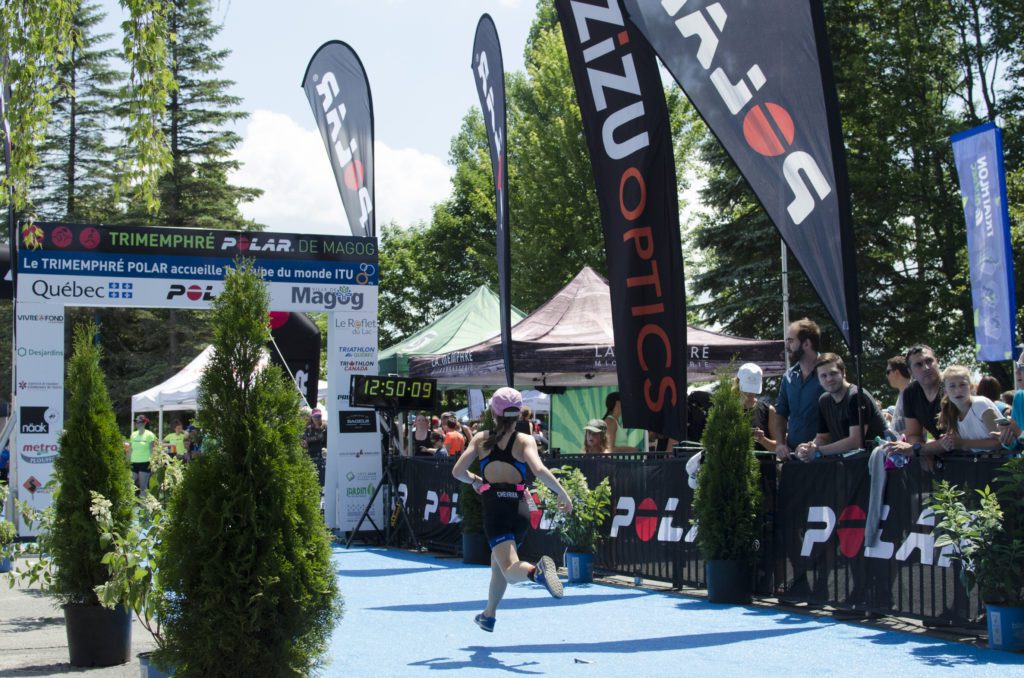
Related: Roundup on a spectacular weekend in Magog
“He was so far ahead of his time. His events served as a trampoline for the development of clubs and athletes who are still active in Quebec after more than 30 years.”
The Sainte-Agathe race is no more, Turcotte having wrapped it up in 2015 on its 25th anniversary, but the sport he helped build in every corner of the province, from Saguenay to Lac-Beauport to Mont Habitant, is thriving.
In 2018, 46,500 athletes participated in a triathlon or duathlon, Xterra event or winter multisport race, somewhere in Quebec. Of those, 17,700 of them were children who took part in one of the 62 “triathlon scolaires” at elementary and high schools across the province. Triathlon Quebec offers its organizational and technical support for free, complete with volunteer officials and — in the case of schools in disadvantaged areas where many kids don’t own bicycles — a fleet of bikes that are left at the school for a term so participants can learn how to ride them.
“We know it’s an expensive sport,” says Benoit-Hugo St-Pierre, Triathlon Quebec’s charismatic president who, at 41, has been involved with the development of the sport in one way or another since he first joined the board at 18.
“How can we democratize the sport? How can we make it more accessible?”
These are the questions Triathlon Quebec is asking as it looks to build on the foundation it’s created over its first 30 years.
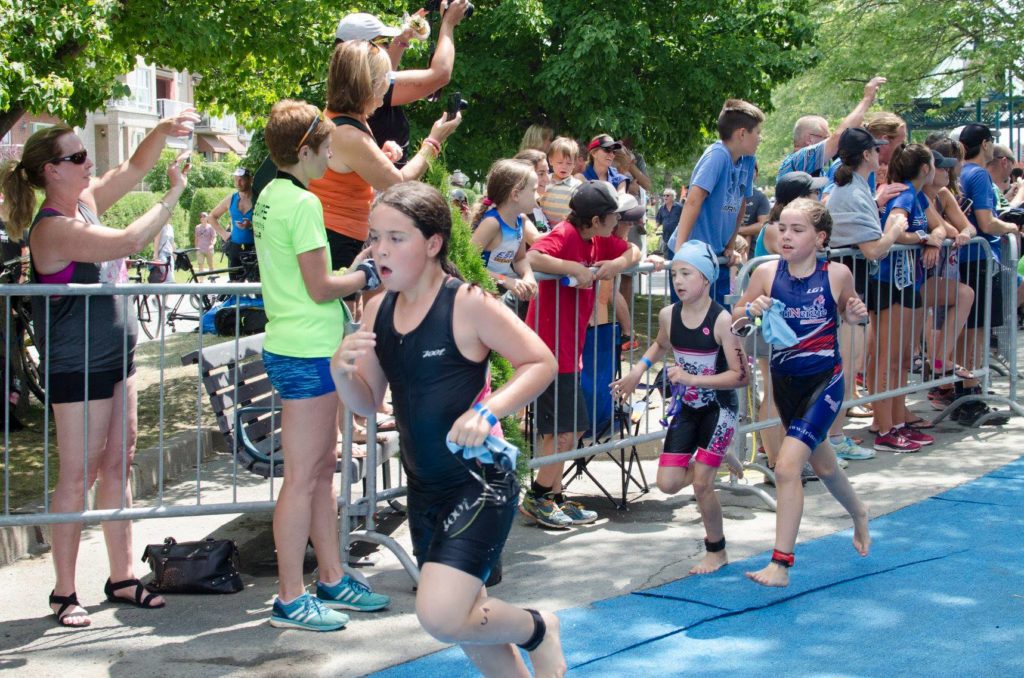
“The objective is to reach 50,000,” says St-Pierre. One way to do that is simply storytelling, he says, “to inspire people to make a start. To decide to do one event, to get on any old bike and put on a pair of sneakers.”
He loves to share his own story of how he met his future wife, Isabelle Gagnon, at the Lac Beauport triathlon in 1999. He was “an ordinary age group athlete” determined to get better, and she was an elite triathlete. St-Pierre followed Gagnon to a training camp she was offering in Florida the next year, and — a set of 11-year-old twin daughters later — the rest is history.
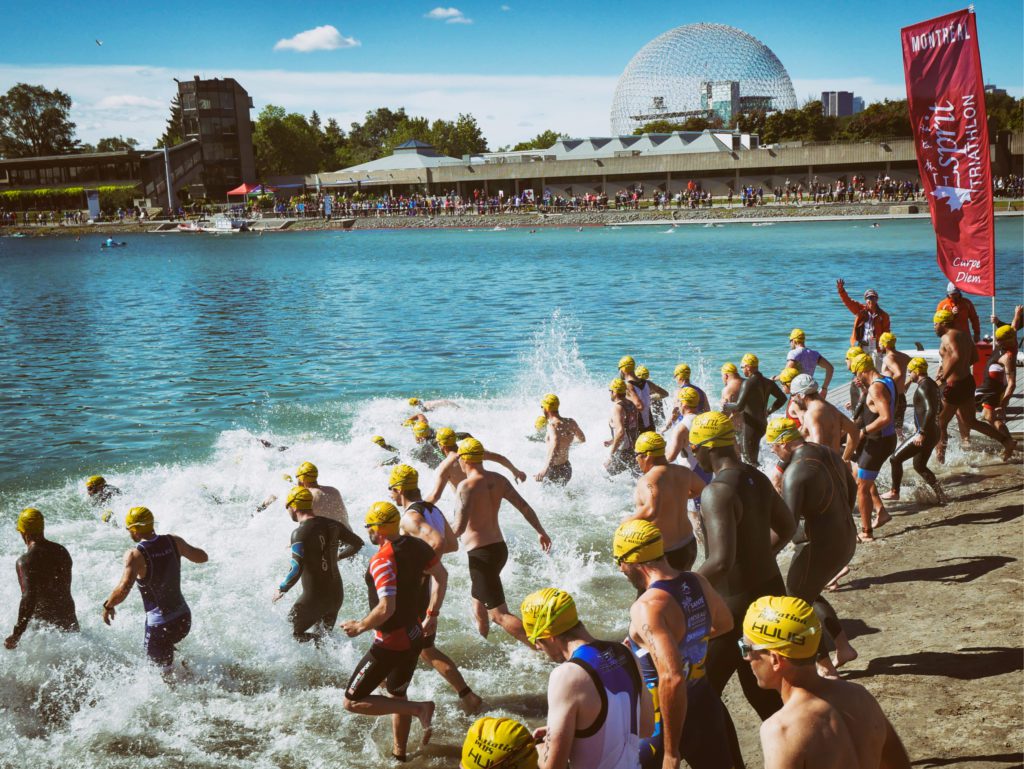
Related: Top five first time 70.3s
As I’ve discovered writing this column about age-group triathletes over the past four years, every triathlete does, indeed, have a story to tell.
Take Lise Dubé, who followed her daughter into triathlon training in Coteau-du-Lac, off the western tip of Montreal, in the early 2000s. A bad cycling accident in 2009 put her in the hospital for three months and ended her days competing as a duathlete.
“I decided to get involved as an official. It was a way to still be at the competitions and to keep seeing all my friends,” Dubé tells me. “One thing led to another, and I became a provincial official, then a national official.”
Like Dominique Piché, who brought Ironman to Mont-Tremblant in 2012, Dubé was named one of Triathlon Quebec’s 30 ambassadors of the sport for the 30th-anniversary gala celebration.
Piché often talks about how the sport could not exist without volunteers, and Dubé exemplifies that: she volunteers her time as an official at every level, from school triathlons in her region to ITU events. She officiated at two world championships, in Edmonton in 2014 and in Chicago in 2015.
Dubé’s daughter long ago decided to focus on speedskating and no longer competes in triathlons, but Dubé has no qualms about staying involved.
“You’ve got to love the sport,” she says with a shrug. “And I love the sport.”
“I love seeing the families together. You see both parents competing, their kids competing. That’s what happened to our family. It becomes a way of life.”
Loreen Pindera is a triathlete from Montreal. When she’s not training and racing, she works as a producer at CBC.
